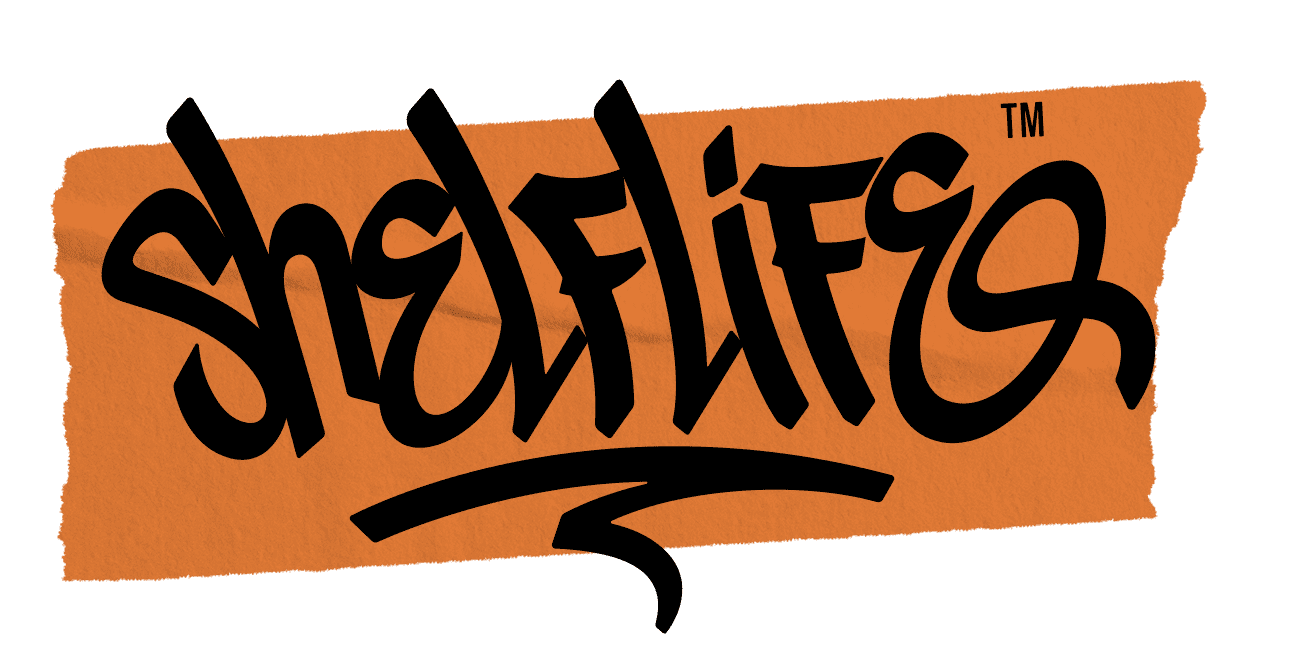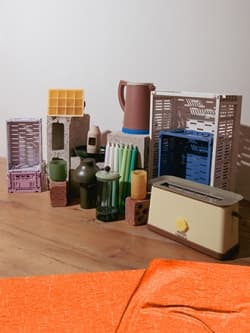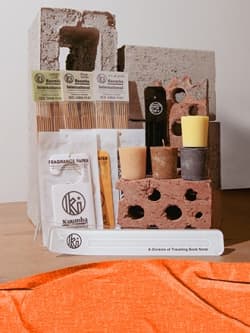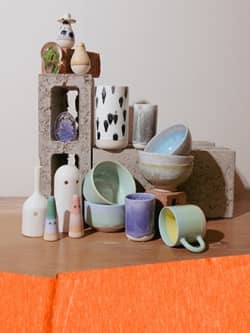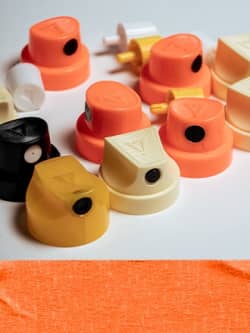DesignBoom Interviews Nike Inc. CEO Mark Parker
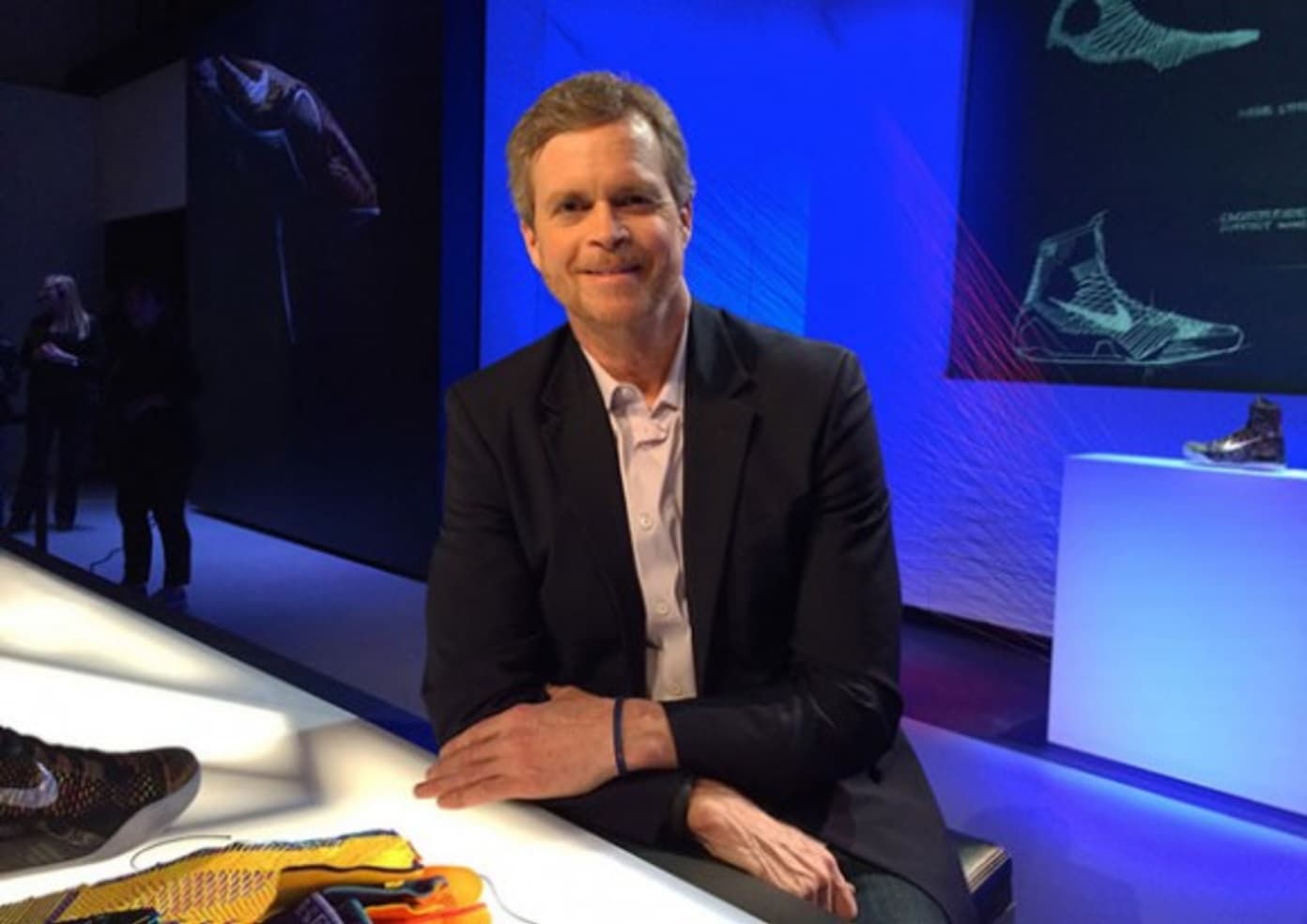
Since joining the brand in 1979, NIKE Inc.’s president CEO, Mark Parker, has been appointed various management positions in fields including product design, development, marketing and brand management. He has been widely recognized as the visionary behind the NIKE AIR franchise and other industry-leading innovations.
DesignBoom’s Andy Butler interviewed Mark Parker for special insight into his design influences, work process and future aspirations.
DesignBoom (DB): What sparked your interest in design?
Mark Parker (MP): I have sketched since a young age, so there’s always been an artistic side, a visual side to my personality. When I went to school, I was a long distance runner and would modify my shoes to make them better and improve my performance, a lot like what Bill Bowerman was doing early on. That connection struck a chord with me, and I’ve always enjoyed that I can combine my two passions of sports and design at NIKE.
DB: How much time do you get to design these days?
MP: Never enough! I always carry a sketchbook around with me and I sketch whenever I can… I might be in a financial review and be sketching, because I find that I actually listen better when I sketch. Truth be told, there are probably more sketches in my books than there are written notes. Over at our headquarters I quietly make the rounds, connecting with our designers for one-on-one sessions where we review their work and exchange ideas. Eric Avar (NIKE Inc.’s Creative Director and Vice-President of Innovation), Tinker Hatfield (NIKE Inc.’s Vice President for Design and Special Projects), and I, have done that for many, many years and I really enjoy those relationships with the other designers. I also love sitting down with the athletes and having deep discussions with them and trying to get some insight into what’s motivating them, what’s inspiring them, listening to what they think can help us improve our designs. I’m always asking them what they need and how they think we can help them. It’s a lot of fun and I learn a great deal from those conversations. So, I insert myself into these different situations, not to micro-manage but to add value, to help connect all the different discussions going on across the many areas of NIKE. More than anything, my aim is to support design, because our dedication to problem solving and innovation is ultimately what separates us, and our athletes, from our competitors.
DB: How does that feed into your responsibilities as CEO?
MP: My responsibility is to cultivate and challenge what we have built, what we design, and our overall performance. That work then contributes to our business strategy over the coming years. Everything starts with design.
DB: Given the size and success of NIKE, what challenges have you set yourself?
MP: I never try to think about our size, I prefer to think as though we are a start-up and that we’re hungry. We are always looking at how we can innovate in meaningful and relevant ways. That said, of course sometimes our size, success and infrastructure helps, and means we have a unique opportunity to realize those goals. The opportunities that we have now with materials, technology and processes is incredible, opportunities like this have never existed before. Part of my job is to make sure NIKE is in a position to take full advantage of all these resources, to support our designers as much as possible so that they can keep delivering these incredible products to athletes and enhancing their performances.
DB: What has been the most rewarding project that you have worked on at NIKE?
MP: FLYKNIT. It’s an innovation on so many levels: sustainability, precession, manufacturing, and the design process. It’s a game-changing shoe and has become the precedent for all future shoe projects at NIKE at least in terms of process.
DB: In 35 years at the company, what’s been the biggest lesson you have learned?
MP: To listen. Listen very attentively. Listen to the voice of the athlete. That’s what keeps us focused, that’s what keeps us innovating, that’s the rudder in the water.
